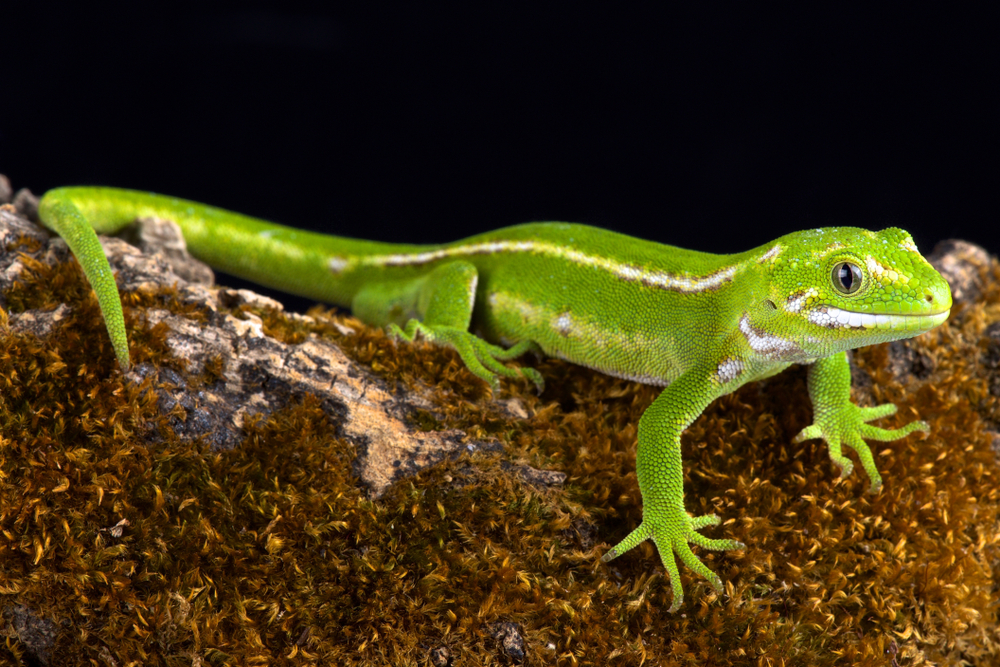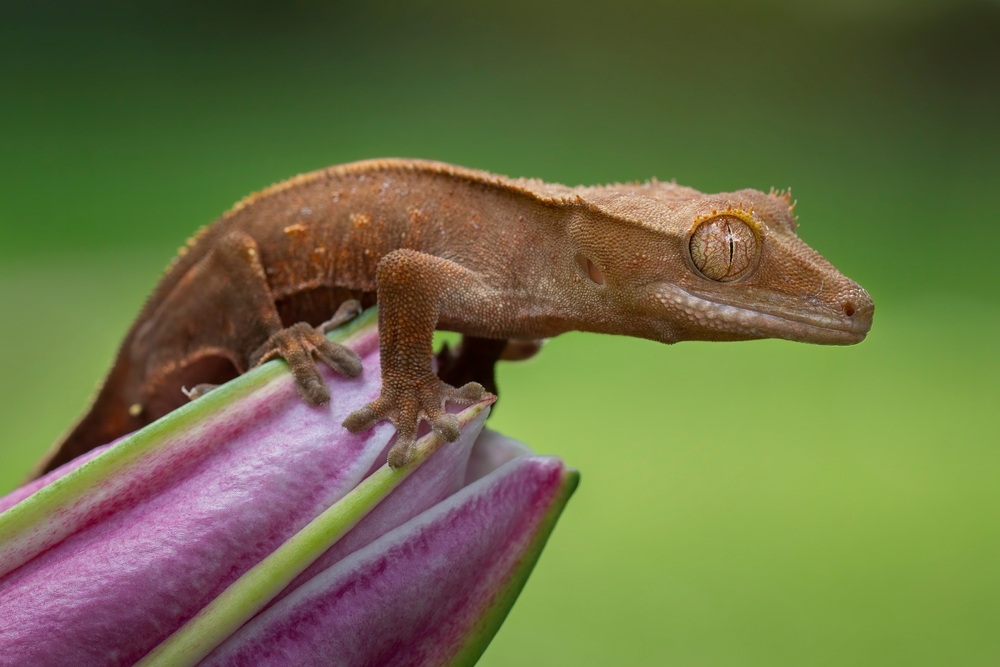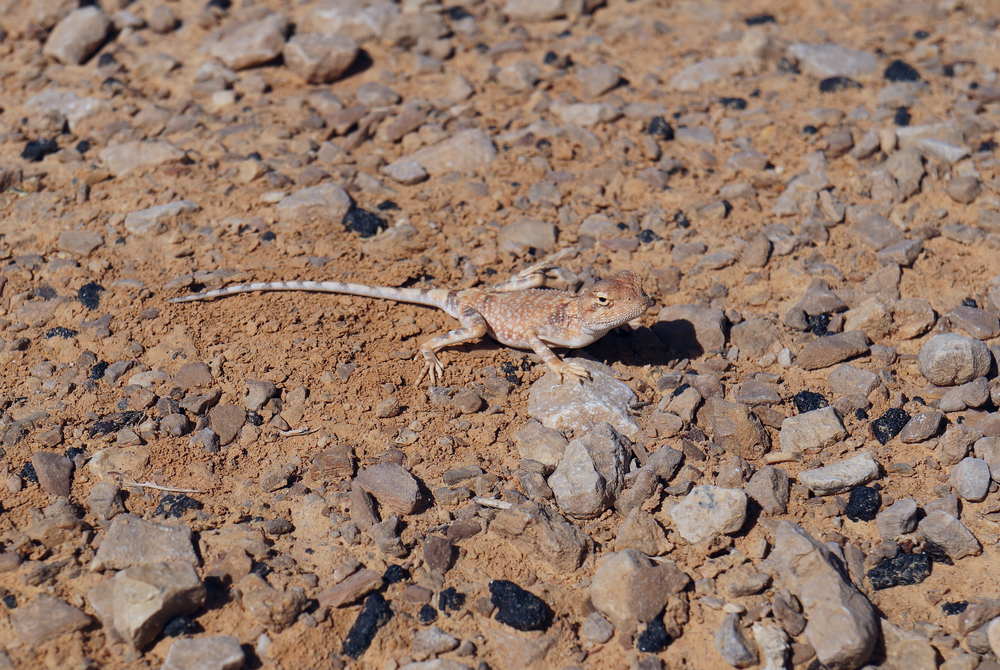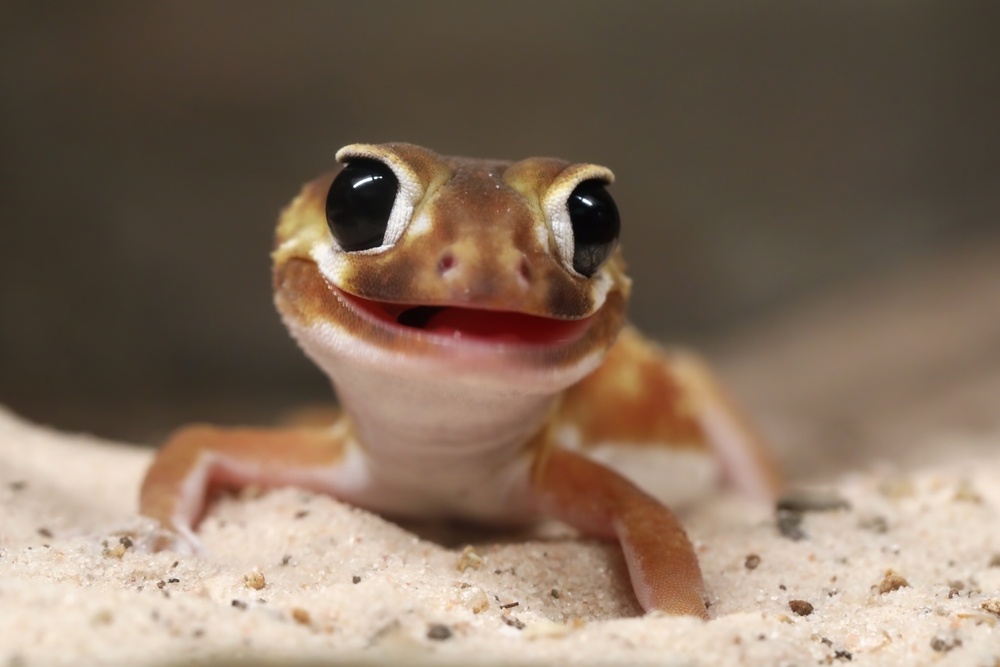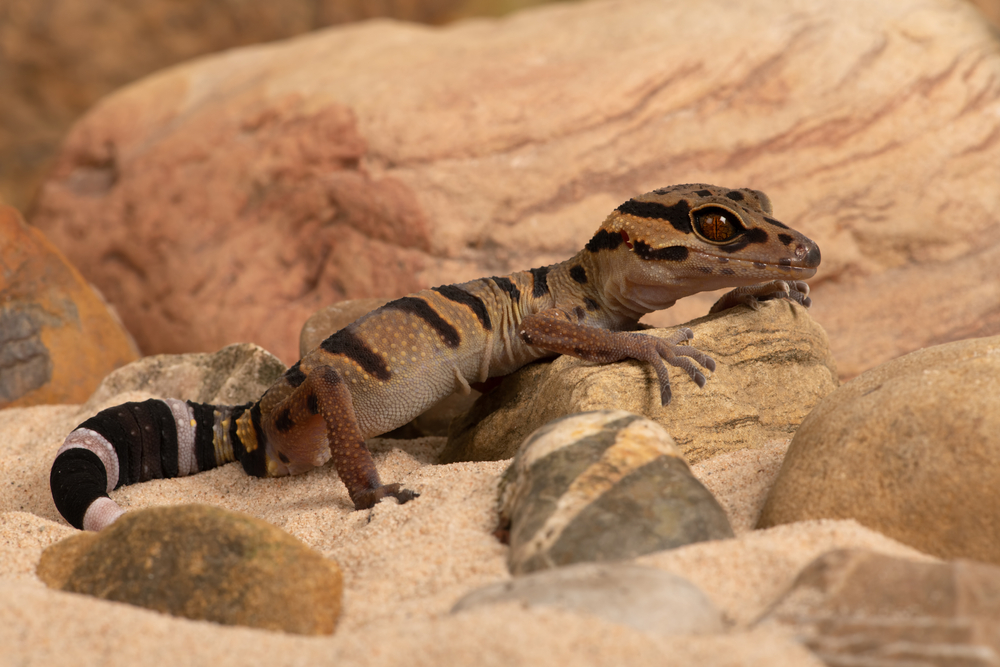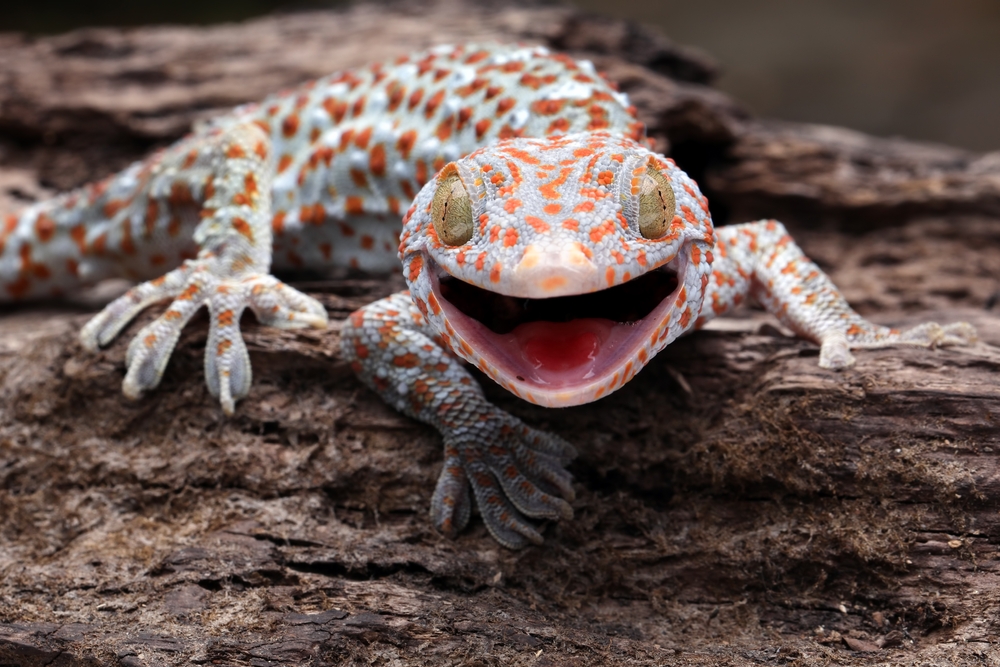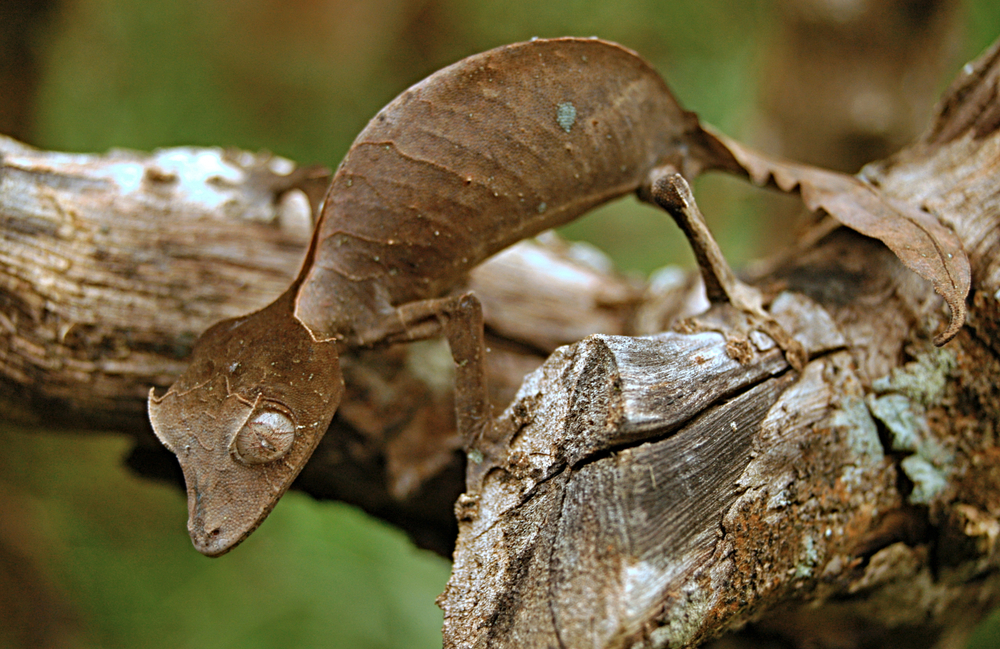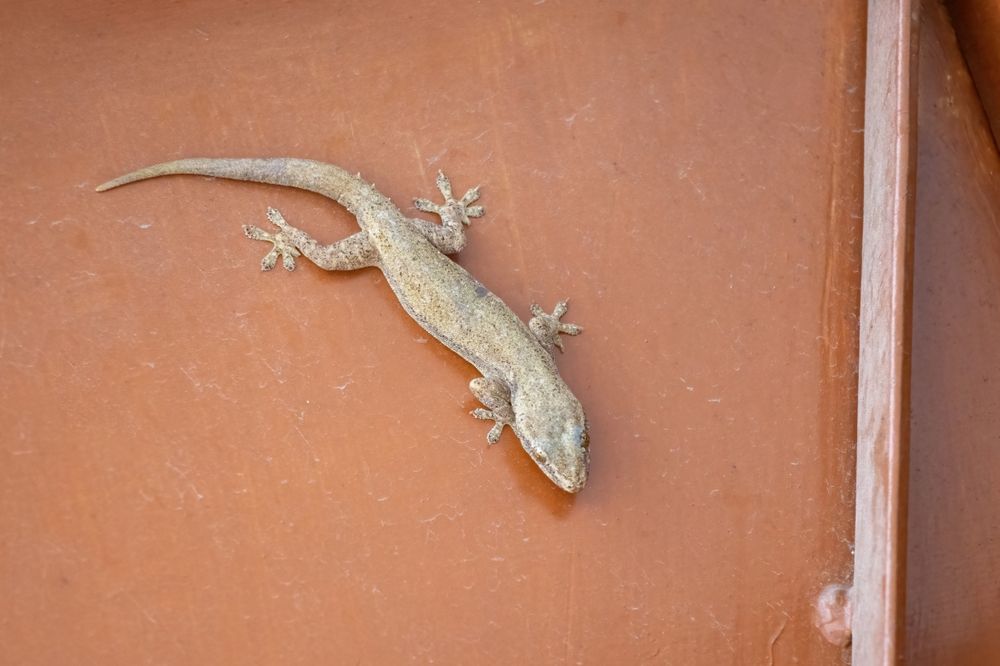Uniqueness
The Jeweled Gecko is one of the most visually striking and biologically distinctive geckos in the world. Endemic to New Zealand’s South Island, it represents a unique evolutionary path, shaped by isolation, cool climate, and a lack of native land predators.
Bright Jewel-Like Patterns:
True to its name, the Jeweled Gecko features vivid green skin adorned with bold white, yellow, or pale green spots, rings, or stripes. These patterns vary by population, giving each region its own “morph” of dazzling natural beauty.
Day-Active and Leaf-Eating:
Unlike most geckos, the Jeweled Gecko is diurnal (active during the day) and has a diet that includes leaves, fruits, and insects. This makes it one of the few geckos adapted to a partly folivorous, sunlit lifestyle.
Live-Bearing in a Cool Climate:
This species is viviparous, giving birth to live young—a rare trait among reptiles and a hallmark of the genus Naultinus. This adaptation allows survival in temperate environments where soil incubation would be unreliable.
Slow Life Strategy:
With a lifespan of up to 25 years, late sexual maturity, and only one or two offspring per year, the Jeweled Gecko exemplifies a slow-paced, high-survival reproductive model rarely seen in lizards.
Endemic and Culturally Iconic:
Restricted to a few regions of New Zealand, the Jeweled Gecko is highly protected and considered a national treasure. Its image appears in local conservation campaigns, and it is admired for both ecological and aesthetic value.
High Conservation Concern:
Despite legal protection, the species is threatened by habitat loss, invasive predators, and illegal collection. Its beauty and rarity have unfortunately made it a target for the black market reptile trade.
The Jeweled Gecko’s jewel-like appearance, live birth, daytime activity, and evolution in isolation make it one of the world’s most unique and endangered geckos, embodying the fragile biodiversity of New Zealand’s ecosystems.



































































